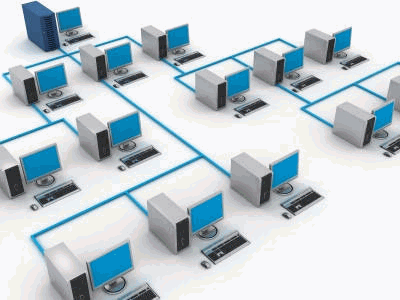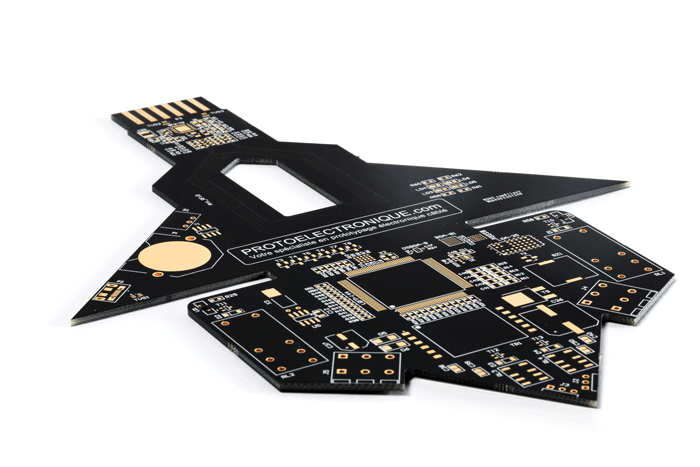
This course provides students with a foundational understanding of the principles of electromagnetic wave propagation and the mechanisms of Hertzian propagation. Students will learn to calculate various parameters related to antennas, exploring how different configurations affect propagation. The course emphasizes both theoretical concepts and practical applications in telecommunications, equipping students with essential knowledge for analyzing and designing communication systems.
- Enseignant: Meryem BENAKCHA

This module enables students to understand the different types of electronic components, such as power supplies, active power components, optoelectronic devices, and logic integrated circuits. It covers their characteristics and practical applications, providing a solid foundation for designing efficient circuits tailored to the specific needs of electronic systems.
- Enseignant: Nawel Djenane

- Enseignant: Nourelhouda Djaraf

- Enseignant: nassim guernoudj

- Enseignant: Chouchane Ammar

The objective of this subject is to acquire the basic theoretical knowledge of various electronic functions necessary for designing and implementing a transmission system. Topics such as analog filters, amplitude, frequency, and phase modulation and demodulation, phase-locked loops (PLLs), etc., are covered.
- Enseignant: Kamel Baazouzi

Signal Processing course introduces key digital techniques like spectral analysis and filtering. Students will review signal theory, signal sampling, discrete transforms, analog filters, and explore random processes.
- Enseignant: Aissam Hidoussi

